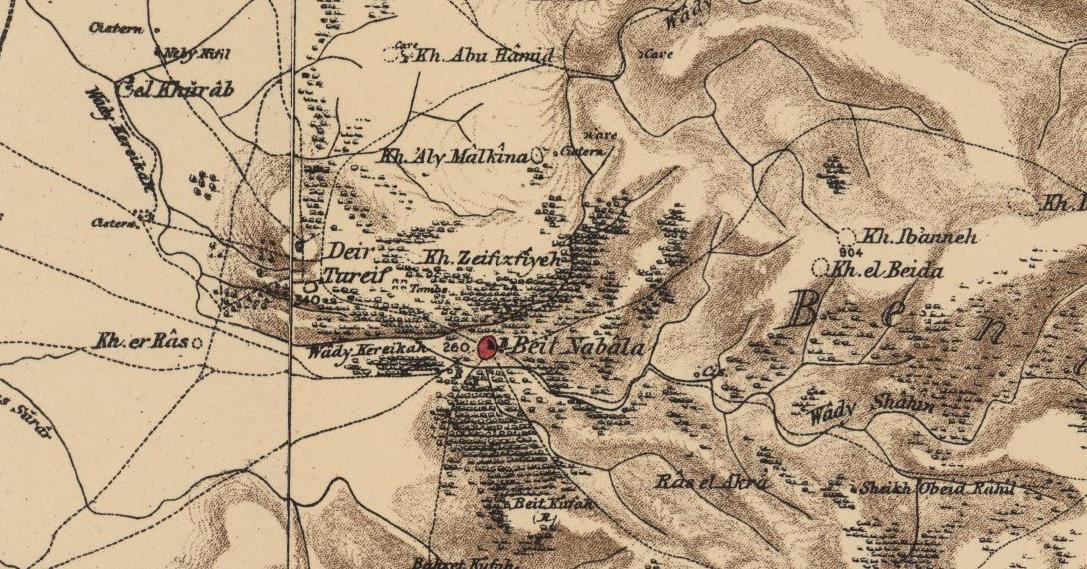|
Iznaq
The iznaq is a chin chain traditionally worn by Palestinian women, suspended from a headdress called the ''shatweh''. It is crafted from hand-made silver chains, hooks, and festooned with Ottoman era coins. It can include floral or star shaped ornaments and a cross for Christians. Use It was common for villagers to adorn themselves with modest iznaqs featuring either single or double chains, however in Bethlehem Bethlehem is a city in the West Bank, Palestine, located about south of Jerusalem, and the capital of the Bethlehem Governorate. It had a population of people, as of . The city's economy is strongly linked to Tourism in the State of Palesti ... and the surrounding villages, the iznaq included several chains and other intricate embellishments. References {{Reflist Arab culture Culture of Palestine (region) ... [...More Info...] [...Related Items...] OR: [Wikipedia] [Google] [Baidu] |
Palestinians
Palestinians () are an Arab ethnonational group native to the Levantine region of Palestine. *: "Palestine was part of the first wave of conquest following Muhammad's death in 632 CE; Jerusalem fell to the Caliph Umar in 638. The indigenous population, descended from Jews, other Semitic groups, and non-Semitic groups such as the Philistines, had been mostly Christianized. Over succeeding centuries it was Islamicized, and Arabic replaced Aramaic (a Semitic tongue closely related to Hebrew) as the dominant language" * : "Palestinians are the descendants of all the indigenous peoples who lived in Palestine over the centuries; since the seventh century, they have been predominantly Muslim in religion and almost completely Arab in language and culture." * : "Furthermore, Zionism itself was also defined by its opposition to the indigenous Palestinian inhabitants of the region. Both the 'conquest of land' and the 'conquest of labor' slogans that became central to the dominant stra ... [...More Info...] [...Related Items...] OR: [Wikipedia] [Google] [Baidu] |
Bethlehem
Bethlehem is a city in the West Bank, Palestine, located about south of Jerusalem, and the capital of the Bethlehem Governorate. It had a population of people, as of . The city's economy is strongly linked to Tourism in the State of Palestine, tourism, especially during the Christmas period, when Christians embark on a pilgrimage to the Church of the Nativity, which is revered as the location of the birth of Jesus. A possible first mention of Bethlehem is in the Amarna letters, Amarna correspondence of ancient Egypt, dated to 1350–1330 BCE, although that reading is uncertain. In the Hebrew Bible, the period of the Israelites is described; it identifies Bethlehem as the birthplace of David. In the New Testament, the city is identified as the birthplace of Jesus, Jesus of Nazareth. Under the Roman Empire, the city of Bethlehem was destroyed by Hadrian, but later rebuilt by Constantine the Great, who commissioned the Church of the Nativity in 327 CE. In 529, the Church of the ... [...More Info...] [...Related Items...] OR: [Wikipedia] [Google] [Baidu] |
Bayt Nabala
Bayt Nabala or Beit Nabala was a Palestinian Arab village in the Ramle Subdistrict in Palestine that was destroyed during the 1948 Arab–Israeli War. The village was in the territory allotted to the Arab state under the 1947 UN Partition Plan, which was rejected by Arab leaders and never implemented. Its population in 1945, before the war, was 2,310. It was occupied by Israeli forces on 13 May 1948 and was completely destroyed by them on 13 September 1948. Village refugees were scattered around Deir 'Ammar, Ramallah city, Bayt Tillow, Rantis, and Jalazone refugee camps north of Ramallah. Some of the clans that lived in Bayt Nabala include the AlHeet, Nakhleh, Safi, AL-Sharaqa, al-Khateeb, Saleh and Zaid families. Today the area is part of the Israeli town of Beit Nehemia. History Bayt Nabala is identical with the ancient '' Beth Nabala/Beth Nablata''. Ottoman period In 1526 Bayt Nabala was part of the Ottoman Empire, ''nahiya'' (subdistrict) of Ramla under the Liwa of a ... [...More Info...] [...Related Items...] OR: [Wikipedia] [Google] [Baidu] |
Arab Culture
Arab culture is the culture of the Arabs, from the Atlantic Ocean in the west to the Arabian Sea in the east, in a region of the Middle East and North Africa known as the Arab world. The various religions the Arabs have adopted throughout History of the Arabs, their history and the various empires and kingdoms that have ruled and took lead of the civilization have contributed to the ethnogenesis and formation of modern Arab culture. Arabic, Language, Arabic literature, literature, Arab cuisine, gastronomy, Arab art, art, Arab architecture, architecture, Arabic music, music, spirituality, Arab philosophy, philosophy and mysticism are all part of the cultural heritage of the Arabs. The countries of the Arab world, from Morocco to Iraq, share a common culture, traditions, language and history that give the region a distinct identity and distinguish it from other parts of the Muslim world. The Arab world is sometimes divided into separate regions depending on different cultures, dial ... [...More Info...] [...Related Items...] OR: [Wikipedia] [Google] [Baidu] |


